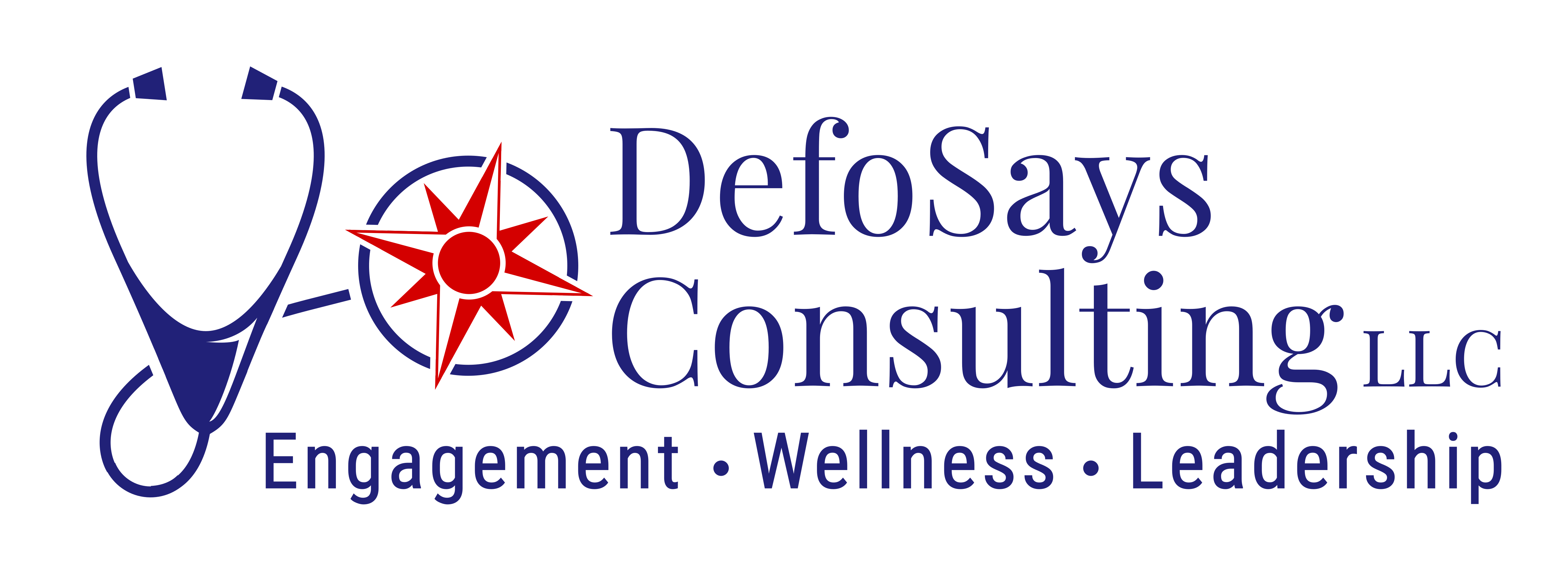Fast take:
At the Fresh Food “Farmacy,” healthy food is dispensed to food insecure diabetic patients resulting in:
- Strikingly lowered patients’ average blood sugar (much better than medications alone)
- Improved lives of the patients and their families
- Healthcare savings
Healthy Food: Better than Medication, Who Knew?
How does it work?
In Geisinger’s groundbreaking program, diabetic patients who are food insecure receive a prescription for free food. The food pantry is embedded right within the clinic. Patients can pick up their food conveniently, at the time of any medical appointments.
The food pantry provides the patient and their entire family with enough healthy food (and tasty recipes) to provide their family five days worth of fresh healthy meals, each week. This food includes fresh fruit and vegetables, whole grains, fish, and lean meats. In addition to standard diabetes treatment, the Fresh Food Farmacy patients also participated in 15 hours of diabetic education.
The Geisinger food pantry operates differently from other food pantries. While most food pantries accept any donated food, including such things as cupcakes and chips, Geisinger’s food pantry does not accept or distribute unhealthy donations.
Why is this important? Expense and devastating complications
Food insecurity increases the odds of developing diabetes, obesity and poor health.
Diabetes is one of the most expensive medical conditions to treat in America. According to one study in 2013, US healthcare spending for diabetic patients cost $100 billion. 10% of Americans currently suffer from diabetes, and experts believe by the year 2050 33% will suffer from this scourge
But as Geisinger demonstrated, diabetes is amenable to treatment with compassionate, low cost, simple solutions.
Complications of diabetes can be reduced with good blood sugar control.
Given their improved blood sugar control, the Fresh Food Farmacy patients are much less likely to suffer from:
- Peripheral vascular disease and subsequent amputations of their feet
- Diabetic nephropathy and renal failure necessitating dialysis
- Diabetic retinal apathy resulting in blindness
- Neurovascular disease and subsequent stroke
- Cardiovascular disease and subsequent heart attack
All this and their sex lives improve.
At the recent Becker’s Hospital Review CEO + CFO Roundtable, Geisinger CEO David Feinberg dryly noted, “Oh and by the way, if you’re allergic to any of that, don’t take it.”
Results:
Prior to participation in the Fresh Food Farmacy program, these complex patients’ average hemoglobin A1c (a measure of their average blood sugar) was 9.6. After 12 months in the program, their hemoglobin A1c dropped to an average of 7.5. That’s a 2.1 point reduction. One patient’s hemoglobin A1c went from 13 to normal 6.5!
To put that into perspective, for every point reduction in hemoglobin A1c the risk of death or serious complication is reduced by 20% in these patients. The FDA will approve a new multi-billion dollar drug if it can reduce hemoglobin A1c by 1 point.
Given the educational component to the program, some patients participating in the Food Farmacy program lost weight, some quit smoking and there were improvements in serum cholesterol and triglycerides.
Cost effective? It more than pays for itself!
Stunningly, by providing free food along with the patients’ medications, not only did the patients become healthier, but the total cost of these patients’ healthcare was dramatically reduced, even accounting for the cost of food.
It costs Geisinger about $2,200 per family per year to provide the food prescriptions and diabetic education to this complex group of diabetic patients. This is largely a human resource expense as much of the food is donated. During the year, Geisinger saved over $20,000 dollars per family.
Why are such innovative programs relatively rare?
Today, incentives are misaligned:
In our fragmented healthcare system, often no one is incented to provide innovative solutions which make a difference in people’s lives. Such care requires time, upfront expense and effort. This effort falls squarely on the shoulders of physicians, hospitals and other clinicians, while any cost savings often accrue to a remote insurance company; insurers who may be less than excited about sharing such savings with the patient, premium paying employers, physicians, hospitals and other providers; hence our national focus on pivoting from fee-for service to pay for value health care. When the health insurance plan, the hospital and the doctors all work for one entity, such as at Geisinger, any money they can save stays within the provider community.
Challenge:
If your accountable care organization is thinking of duplicating this great work, Geisinger does have a bit of advice:
- Be on the lookout for dangerous drops in blood sugar at the outset. Patients switching from glucose rich diets to healthy food will need their insulin doses adjusted.
- Patient engagement is crucial; requiring the patient education classes is integral to their success.
- Make use of dietitians, pharmacists, registered nurse health managers, community health associates, coaches etc, so that each member of the care team is functioning at their top of their license.


